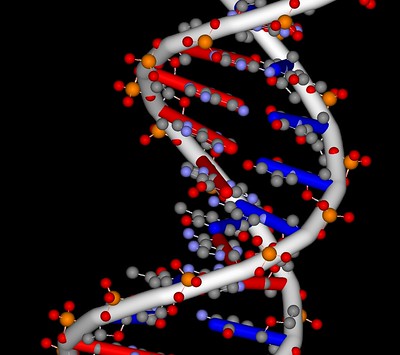Women In STEM: Part 1: Science
One of four women who changed our perception of the world…but never got credit for it.
Science:
Watson and Crick are two names almost synonymous with the famous “double helix” structure of DNA. Here is the real story of how it was discovered.
Rosalind Franklin was born in London in the year 1920. She grew up in a wealthy family, and was insanely intelligent. Her aunt described her to her father as such: “Rosalind is alarmingly clever- she spends all her time doing arithmetic for pleasure, and invariably gets her sums right.” She could have done a million different things with her life, but she knew that she wanted to be a scientist, despite the fact that at the time, women were discouraged from careers in science.
Rosalind attended Newnham College, Cambridge, and earned her degree in chemistry. She studied the porosity (basically the measure of empty space in a material) of coal, determining its density using helium. This work helped form her PhD thesis for which she was awarded a PhD in 1945. That same year, World War II was ending, and Rosalind asked Adrienne Weill, a former student of Marie Curie, to let her know about job offerings for “a physical chemist who knows very little about physical chemistry, but quite a lot about the holes in coal.”
She traveled to Paris, and working there, she learned to use X-rays as a way to study what things are made of. She became a pioneer in this experimental technology, which is called X-ray crystallography. In 1951, Franklin went to work at King’s College London. She and her student, Raymond Gosling, used X-ray crystallography to take pictures of DNA. DNA, or deoxyribonucleic acid, had been discovered around 80 years ago, but scientists still had little information about how it worked. No scientist had yet figured out what the structure of DNA looked like, but under a microscope it looked like single strands, very long and thin.
Here is where a fellow scientist called Maurice Wilkins enters the picture. Wilkins and Franklin had been enemies for a while, because he did not approve of a woman working in the lab and he refused to believe that her discoveries were correct. Franklin and Gosling took a picture of DNA, called Photograph 51, that showed its “double helix” structure. This was a huge breakthrough, because now other scientists could study DNA and find out more about how it worked.
Cue the dramatic plot twist: Maurice Wilkins “borrowed” Photo 51, and showed it (without Franklin’s permission) to James Watson and Francis Crick, two intelligent but unscrupulous characters who immediately realized that this photo was a very important discovery. Watson and Crick used Photograph 51, along with one of Franklin’s lectures and a few of her previous observations, to build a double helix model of DNA that was published in Nature, a scientific paper. The same model is the one we know today as the structure of DNA.
Franklin kept working for a few more years, leaning more into studying RNA, another major nucleic acid, and one just as essential to life as DNA, although not as well known. But her cutting-edge research into DNA and RNA was cut short by her untimely death by cancer at the young age of 37. In 1962, four years after her death, Watson, Crick, and Wilkins won a Nobel Prize for their work on discovering the chemical structure of DNA, never revealing that it was Franklin’s work that allowed them to create their “double helix” model.
Rosalind Franklin’s discovery of the structure of DNA changed science forever. She also wrote many papers on other subjects (RNA [ribonucleic acid]; diseases such as polio; to name a few), but she was not given proper credit for her major discovery. This is mainly because of sexism. A Cambridge colleague of Watson’s wrote in a letter (about the work Franklin was doing), “Wilkins should be doing this work; Miss Franklin is evidently a fool.” Later, Crick admitted, “I’m afraid we always used to adopt- let’s say, a patronizing attitude towards her [Franklin].” Watson wrote a book called “The Double Helix”, and he caricatured her as “Rosy” (a nickname she hated), an arrogant pseudo-scientist who kept her work away from the other scientists, bad-tempered and jealous because she wasn’t competent to interpret her own data.
Rosalind Franklin was a brilliant scientist, one who changed the world with her discovery of the structure of DNA, but it is only recently that society is beginning to recognize that.
RELATED STORIES:
Halligan, Katherine. HerStory: 50 Women and Girls Who Shook Up the World. Great Britain, Nosy Crow Ltd., 2018.
https://www.britannica.com/biography/Rosalind-Franklin
https://profiles.nlm.nih.gov/spotlight/kr/feature/biographical-overview
https://www.nature.com/scitable/topicpage/rosalind-franklin-a-crucial-contribution-6538012/
https://www.sdsc.edu/ScienceWomen/franklin.html
TAKE ACTION:
https://www.rosalindfranklin.edu/about/facts-figures/dr-rosalind-franklin/











